The role of concrete in building a low-carbon, circular economy
Every year, the U.S. uses approximately 260 million cubic yards of concrete to build highways, bridges, runways, water and sewage pipes, buildings and homes, dams, sidewalks and driveways. As the second most used material on the planet after water, the U.S. cement industry is committed to minimizing emissions, waste, energy consumption and the use of virgin raw materials.
Cement is becoming more energy efficient – and the industry continues to progress on efficiency
The cement industry began to address climate change in the mid-1990s—one of the first industries to do so.
- The industry has reduced its use of traditional fossil fuels by over 15%.
- In 2020, The Environmental Protection Agency ENERGY STAR® Program recognized 95 manufacturing facilities in the U.S. as ENERGY STAR® certified for operating in the top 25 percent of efficiency performance in their respective industry sectors. The cement industry represented 13 of those facilities.
- According to 2019 ENERGY STAR® data, cement plants have reduced energy-related carbon emissions by 1.5 million metric tons, annually.
- Since 1990 manufacturers have reduced carbon intensity by 11.9% along with general energy consumption while actually increasing production.
Leading the use and development of alternative fuels

The cement industry is a leader in sustainable material and fuel use. In fact, the cement industry expands the circular economy by diverting waste materials from landfills and uses them for fuel or incorporates them as valuable additives.
- Burning alternative fuels in cement kilns like scrap tires, packaging, plastics and solvents conserves valuable fossil fuels while safely destroying wastes that would otherwise be deposited in landfills.
- Elements like aluminum, iron and silica that are used to produce clinker can come from industrial byproducts of the coal and steel industry, creating better and more sustainable uses for these byproducts.
- The Construction Materials Recycling Association estimates that about 140 million tons of concrete are recycled each year in the U.S., reducing the environmental impact of construction projects.
Lowering emissions in buildings and our urban environments

The durability, resiliency and insulating qualities of cement-related products lower our environmental footprint as a society. Considered across their full lifecycle, cement and concrete building materials are also valuable contributors to a low-carbon circular economy.
- According to the MIT Concrete Sustainability Hub, by adopting the latest building codes and concrete mixes, emissions from U.S. office buildings could decrease by 12%.
- Concrete does not rust, rot or burn, saving energy and resources needed to replace or repair damaged buildings and infrastructure.
- Concrete makes urban areas cooler as its lighter color reflects more sunlight than other, darker materials.
- Because of its durability, concrete structures will not require additional carbon release to produce additional materials used for repairs.
- Over time, concrete actually absorbs carbon dioxide from the ambient air, returning a portion of emissions from the cement manufacturing process to the building itself.
- In fact, for all of the concrete produced in the U.S. between 1990 and 2018, more than 300 million metric tons of carbon dioxide will be adsorbed and sequestered by concrete over its service life.
Sustaining our transportation network

A well-functioning transportation network is the backbone of the U.S. economy and essential for U.S. businesses to compete globally and provide the best value to American consumers.
- Because of its rigidity, concrete pavement can enhance the fuel efficiency of vehicles that travel on concrete pavement roads when compared to other pavements.
- Concrete structures, including pavement, are long-lived – concrete pavement has an average service life of 30-50 years.
- Concrete pavement is less susceptible to damage from heavy vehicles and requires little to no maintenance throughout its service life.
- Concrete pavements do not require lengthy lane closures, with roads able to reopen within as little as six hours. This reduces time-in-traffic auto emissions.
For more information about how concrete is the best choice for sustainable pavements, visit Reducing Vehicle Emissions and Improving Fuel Efficiency.



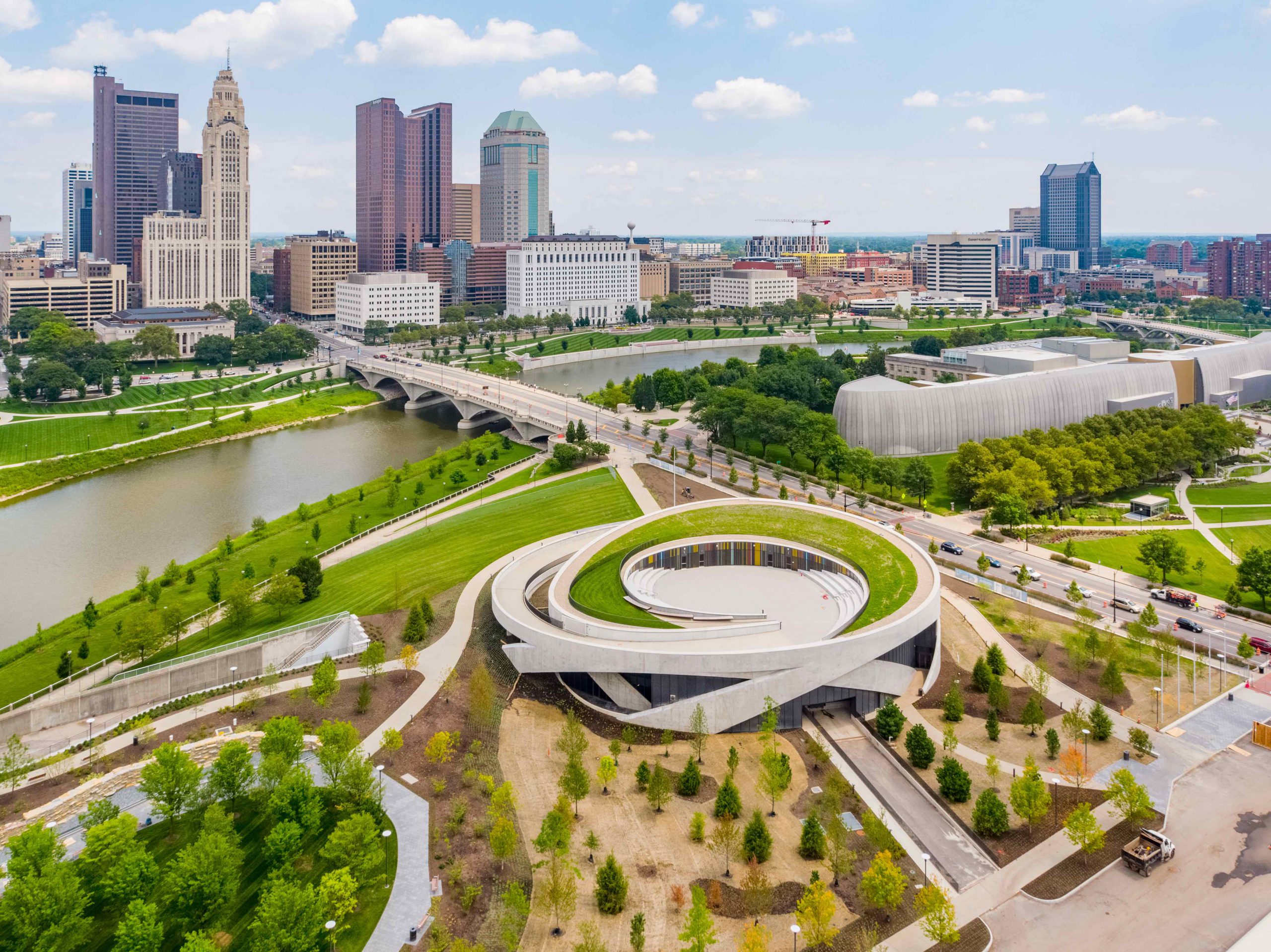


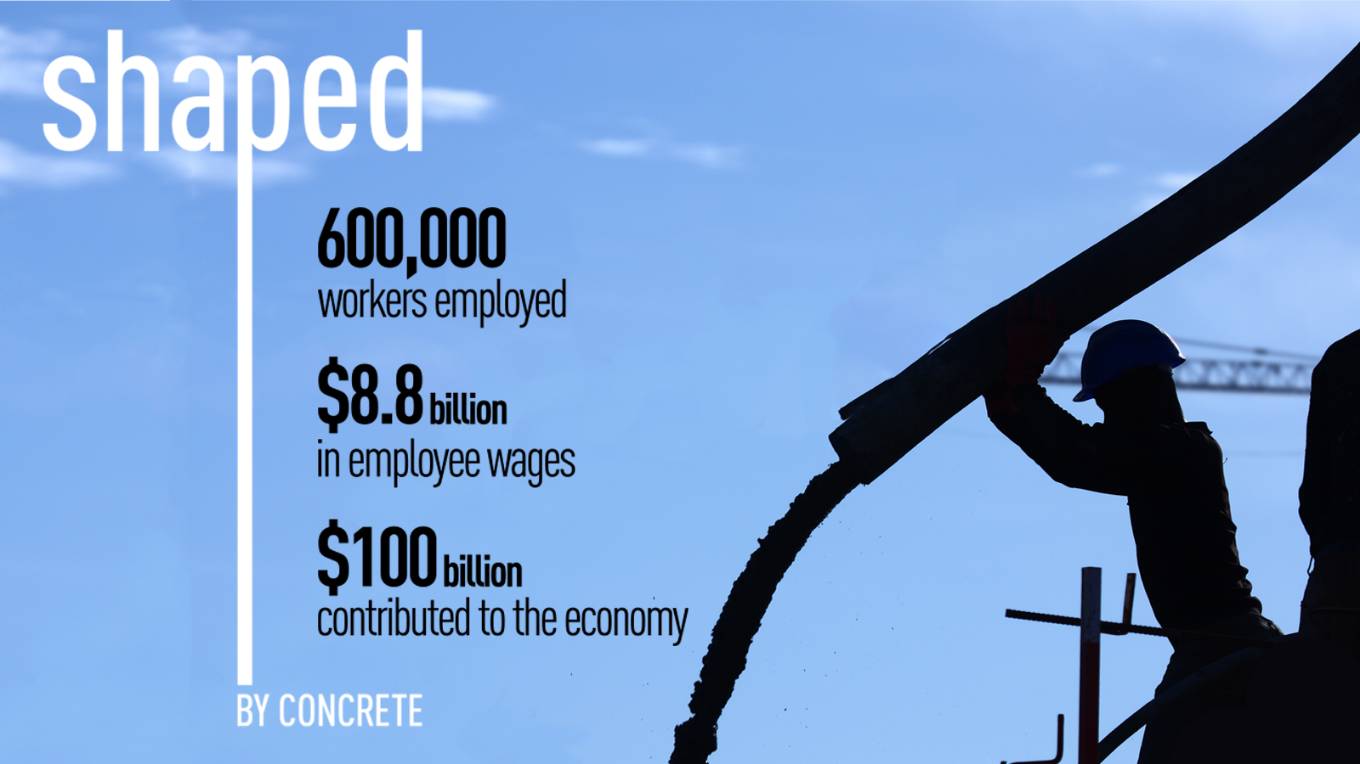
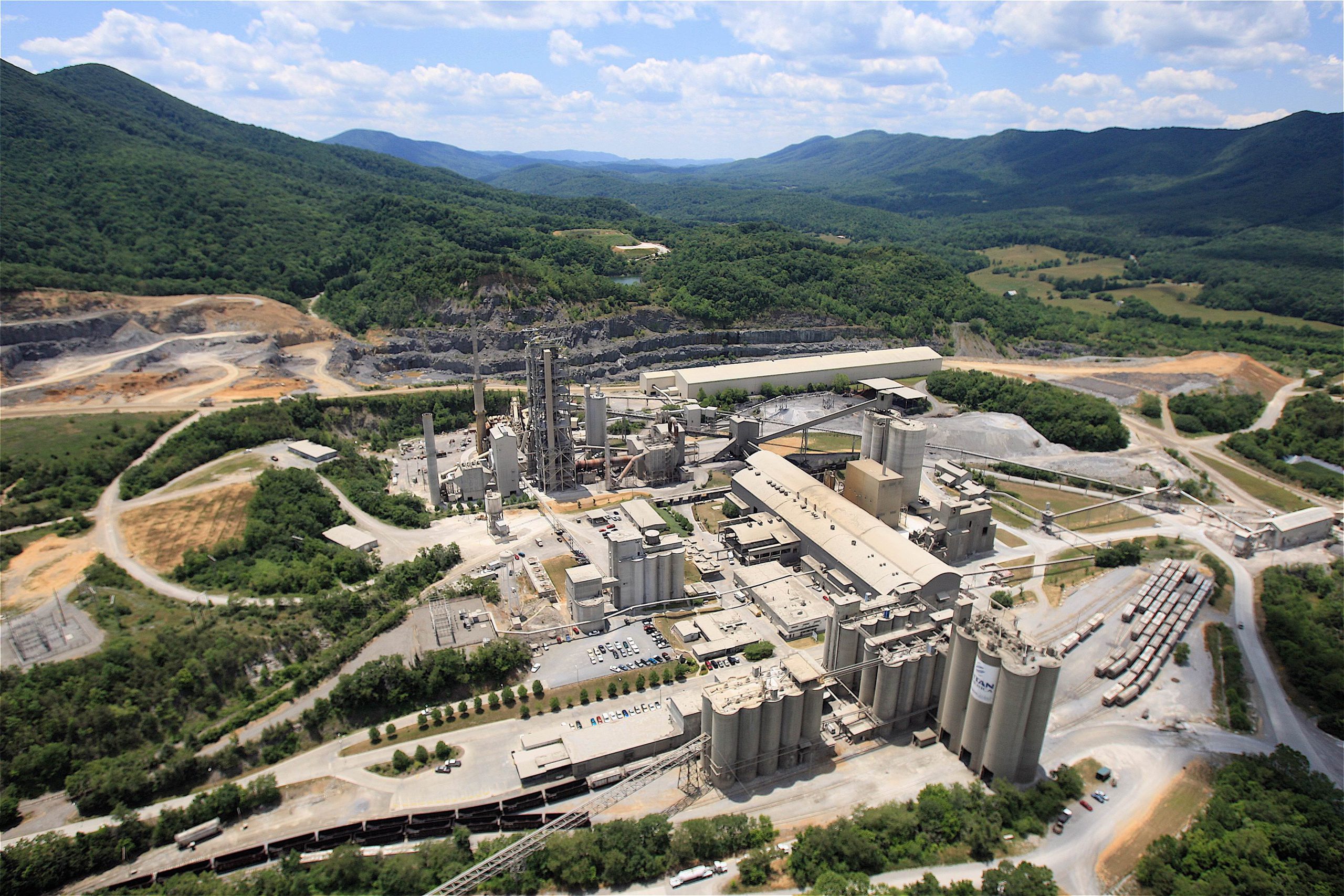

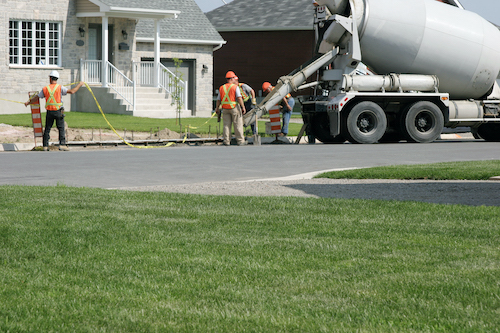 Ready-mix concrete is the most common form and accounts for nearly three-fourths of all concrete. This is the concrete that you see in trucks with revolving drums, often at construction sites.
Ready-mix concrete is the most common form and accounts for nearly three-fourths of all concrete. This is the concrete that you see in trucks with revolving drums, often at construction sites.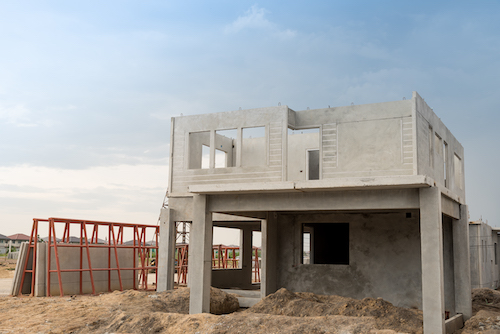 Precast concrete is shaped in a factory as it requires tight quality control. Precast products range from concrete bricks and paving stones to structural construction components and wall panels. These units can be molded into a wealth of shapes, configurations, colors and textures to serve an infinite spectrum of building applications and architectural needs.
Precast concrete is shaped in a factory as it requires tight quality control. Precast products range from concrete bricks and paving stones to structural construction components and wall panels. These units can be molded into a wealth of shapes, configurations, colors and textures to serve an infinite spectrum of building applications and architectural needs.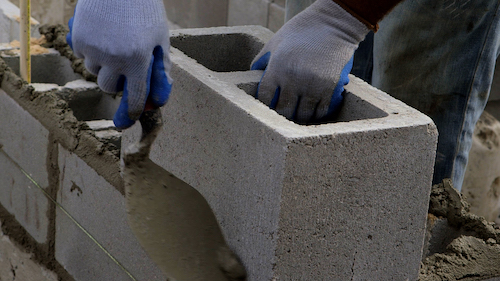 Cement-based materials represent products that defy the label of “concrete,” yet share many of its qualities. Conventional materials in this category include mortar, grout and terrazzo. Soil-cement and roller-compacted concrete—“cousins” of concrete—are used for pavements and dams.
Cement-based materials represent products that defy the label of “concrete,” yet share many of its qualities. Conventional materials in this category include mortar, grout and terrazzo. Soil-cement and roller-compacted concrete—“cousins” of concrete—are used for pavements and dams.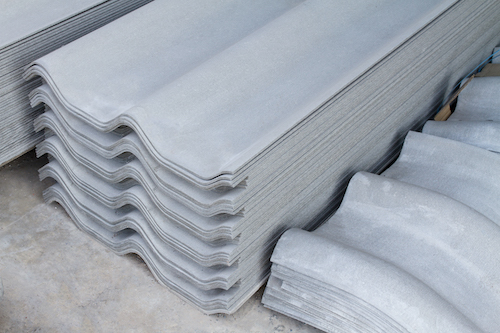 A new generation of advanced products incorporates fibers and special aggregate to create roofing tiles, shake shingles, lap siding and countertops.
A new generation of advanced products incorporates fibers and special aggregate to create roofing tiles, shake shingles, lap siding and countertops.